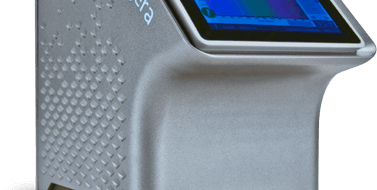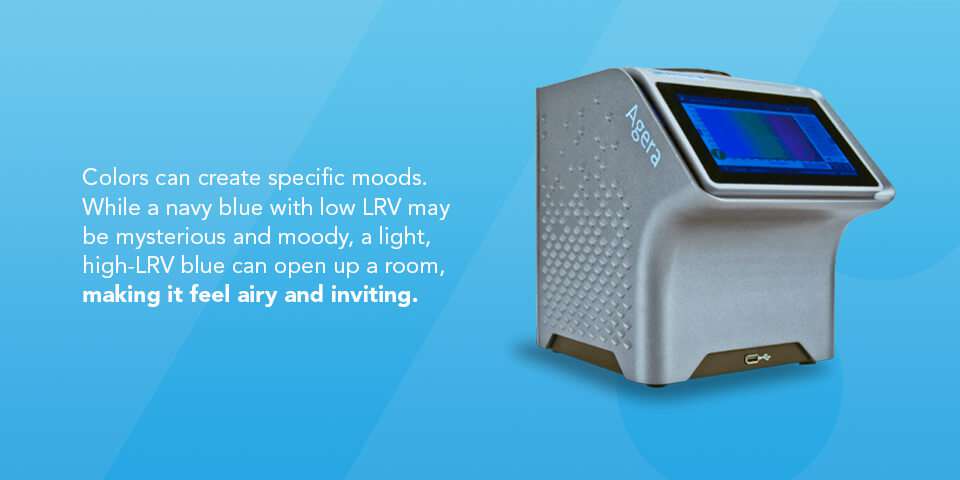
Anyone who uses colorants in design, manufacturing, or other industrial uses should understand light reflectance value (LRV). LRV can help you gain a better understanding of color and how you can use it to influence your business.
Light Reflectance Value (LRV)
LRV is one method to help you standardize the way your brand sees color. It places every color on a scale of 0-100, the number determining how well said color reflects light. A rating of 100 would mean the color is entirely reflective — the brightest white possible. At the other end of the scale, a 0 would mean that the color absorbs all light — essentially, the darkest black.
Most colors fall closer to the middle of the spectrum. In reality, there's almost no way to have a color that is truly 0 or 100. LRV is primarily used in design spaces and when painting properties, as it helps decorators and designers understand how a certain paint color will affect a room and the rest of the property. High-LRV colors can allow more natural light into the space and cut down on energy needs.


